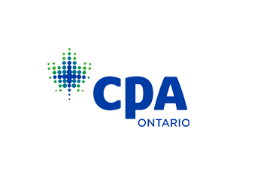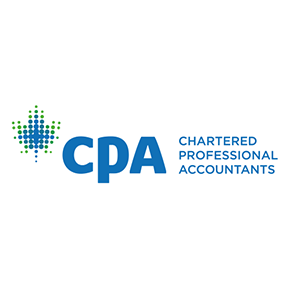By Lynne Mackay, Image Consultant
It’s easy to think about what you wear as part of your daily routine, an almost unconscious choice. However, it is important to remember that clothes form part of your appearance and how people will evaluate you. Within 10 seconds of meeting someone, your subconscious has already noted certain characteristics, such as body type, hair colour, facial expressions, tone of voice—and clothing choices. If these initial perceptions are negative, we tend to attribute secondary characteristics that are equally negative, such as unprofessional, lacking attention to detail, unknowledgeable, etc.
Although we’re not consciously choosing to “judge a book by its cover,” we do have a tendency to evaluate a person’s character based on appearance. The style of clothing someone chooses to wear can make them come across as being more sincere, reliable and trusting, or more daring, provocative and unreliable.
Appearances can even influence judgments of a person’s competence even when the task at hand is unrelated to appearance. As someone who wants to be taken seriously and seen as a competent, know that your dress will influence how others assess you and your abilities, and dress accordingly. Even though a suit or similar formal attire may not be required or expected in many of your organizations, your clothing choices still play an important part in the way people think of you: intelligent, knowledgeable and professional.
Our appearance also affects the way we see ourselves. We usually feel better about ourselves when we make an effort to look our best. Image plays an important role in creating a positive outlook and in enhancing personal motivation. A change in hairstyle, an addition to your wardrobe, or being in better physical condition can help create a more positive, professional image.
Polling questions during a recent webinar, “Projecting a Winning Image: The Psychology of Perception,” indicated the number one negative aspect of a person’s image was clothing that is too tight. So making the right retail choice is the starting point in creating a professional image that speaks well of you. Before you purchase clothing, ask yourself—or a friend: Does it fit properly? Is it comfortable? Is it the right thing to wear this season? Is this appropriate for the kind of job I have? Is it suitable for my body type?
Accentuating your strengths and downplaying your weaknesses is the key to dressing properly for your body type. Here are some suggestions for the three most basic types: triangle, rectangle, and round.
- Triangle: Smaller midsection with most of one’s weight in the thighs, derriere and legsTo flatter this shape, draw attention to the top half of your body. Extend the shoulder line to balance with hips. Look for fabrics that have weight and flow away from body (e.g., tweed).
- Rectangle: Bust and hips are about the same size, creating an overall straight silhouette
Your style aim is to create the illusion of curves. Broaden your shoulders with collared shirts and structured jackets, and cinch your waistline to create definition.
- Round: Larger bust with most of one’s weight in the stomach, derriere and upper thighsShoulders, hips and thighs are narrower, and should therefore be the focus to flatter this shape. To create the illusion of a longer and slimmer upper body, draw attention upwards towards your shoulders and face. Look for styles that are elongating and have a slimming effect on the torso.
Beyond body type considerations, every professional should have the basic wardrobe items. Invest in good quality items, as they should last for at least five years.
- Suit jacket
- Pair of tailored dress pants (also, for women, straight or A-line skirt)
- White, collared shirt
- Blazer or item jacket
- Pair of patterned pants
- Sweater or cardigan
- Overcoat to cover all hem lengths
Aside from these timeless pieces, it’s never a bad idea to have a few trendy items. When a person wears dated clothing, they risk sending the message that they are not likely up to date on a professional level as well. To maintain an impression of professional currency be sure to have a few items that are fashionable or in the popular colours of the season.
The critical skills in the workplace today remain a combination of academic skills, teamwork skills and personal management skills. Image awareness is only one element that affects personal management, but it can play an important role in how you present yourself. Dressing the part can help you influence others, have people treat you better, and gain trust for special assignments, but more importantly, it helps you build your self-confidence and pride. As the saying goes, “If you look good, you feel good, and if you feel good, you do good.”
Lynne Mackay delivers individual consultations, keynote presentations, workshops and conferences that enhance a company’s human resources credibility. Her programs include personal image, networking and business etiquette/professional behaviour programs. With her 30-year background in personal appearance and image development, Lynne has worked with Fortune 500 companies across North America and has counselled top executives in many well-known corporations. Her in-house seminars are dynamic and effective, providing valuable practical insights that can be applied by all who attend. Mackay Byrne Group Inc.: www.www.mbg.ca


